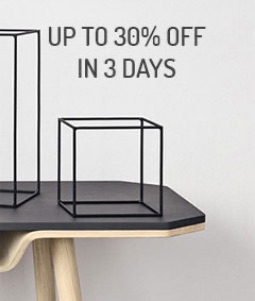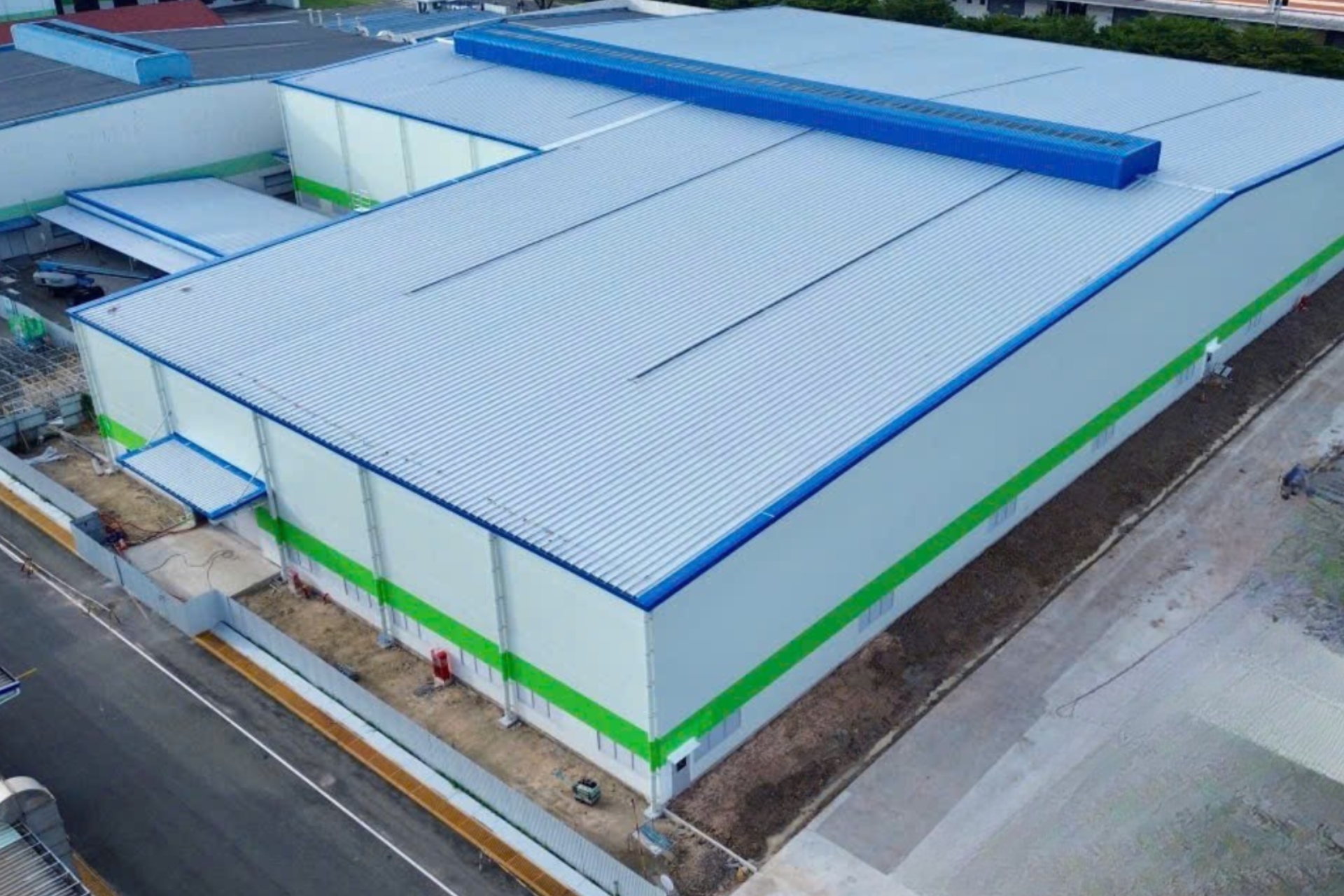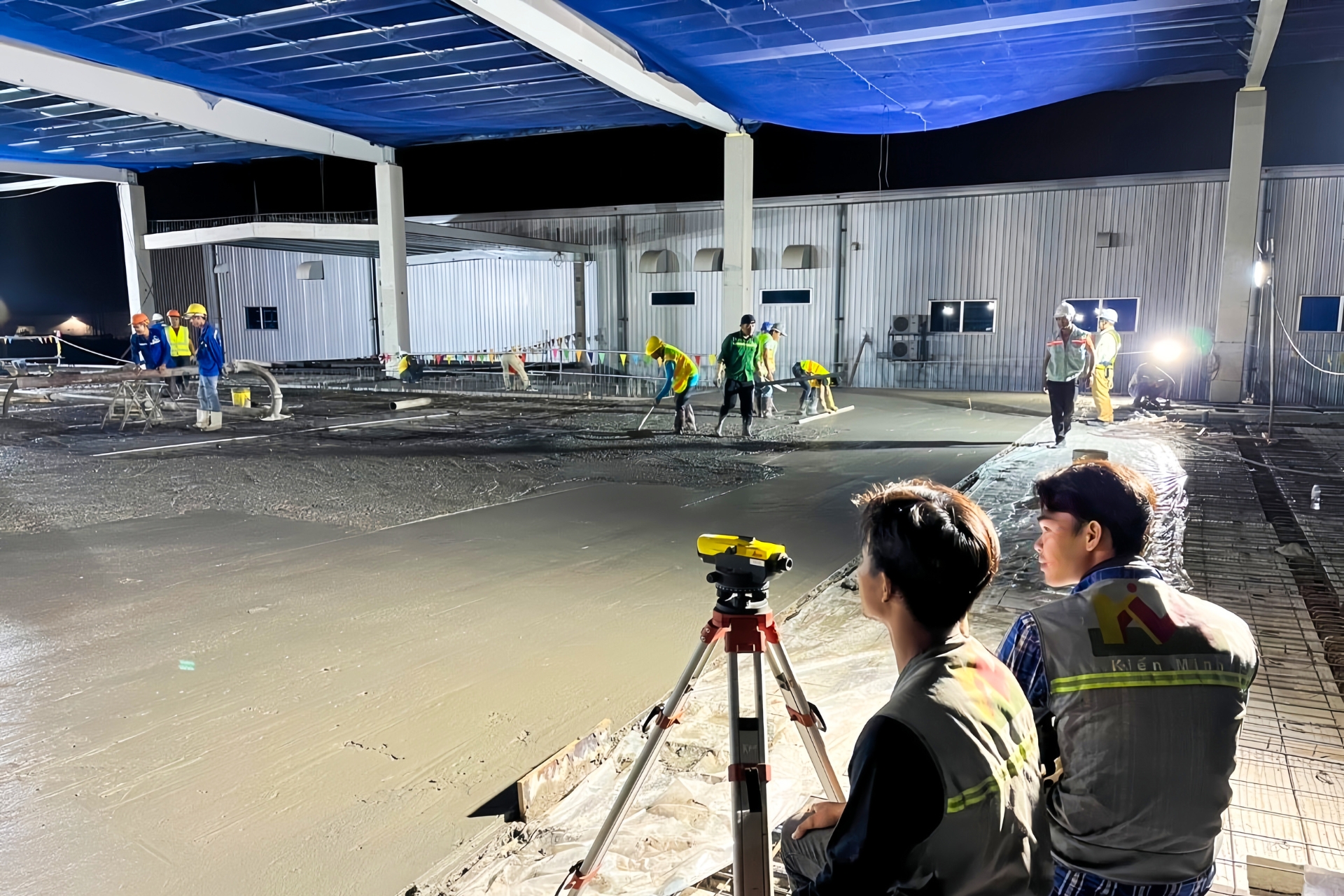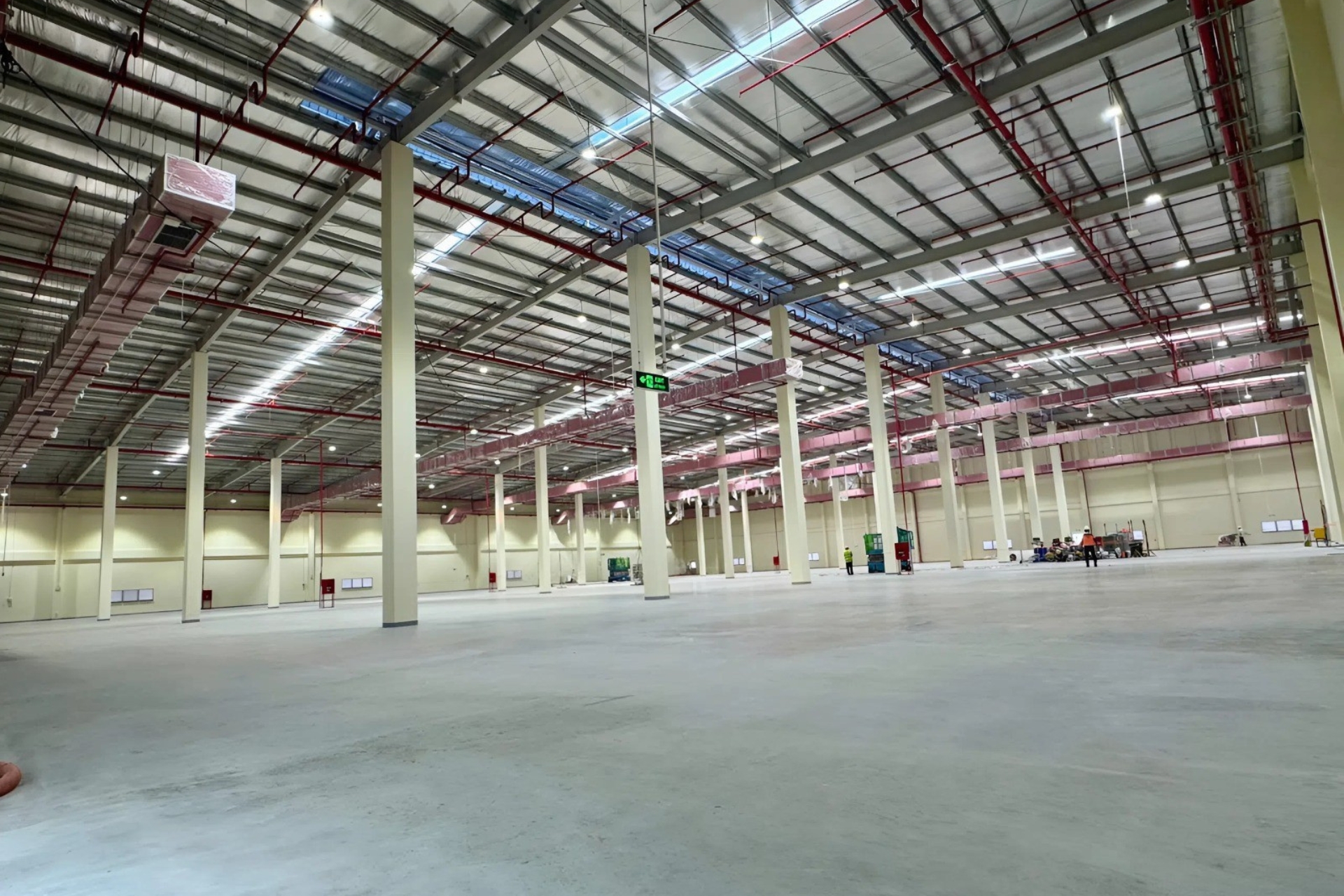
What is a Reinforced Concrete Factory? Advantages and Disadvantages of this Model
In the context of industrialization and the growing demand for production expansion, choosing the right factory model has become a key factor in determining the investment efficiency of enterprises. Alongside the trend of using pre-engineered steel frames, reinforced concrete factories still maintain an important position thanks to their durability, load-bearing capacity, and outstanding lifespan. In the following article, TECO will analyze the concept, structure, construction methods, as well as the advantages and disadvantages of this model. From there, helping investors gain a comprehensive view before making decisions.
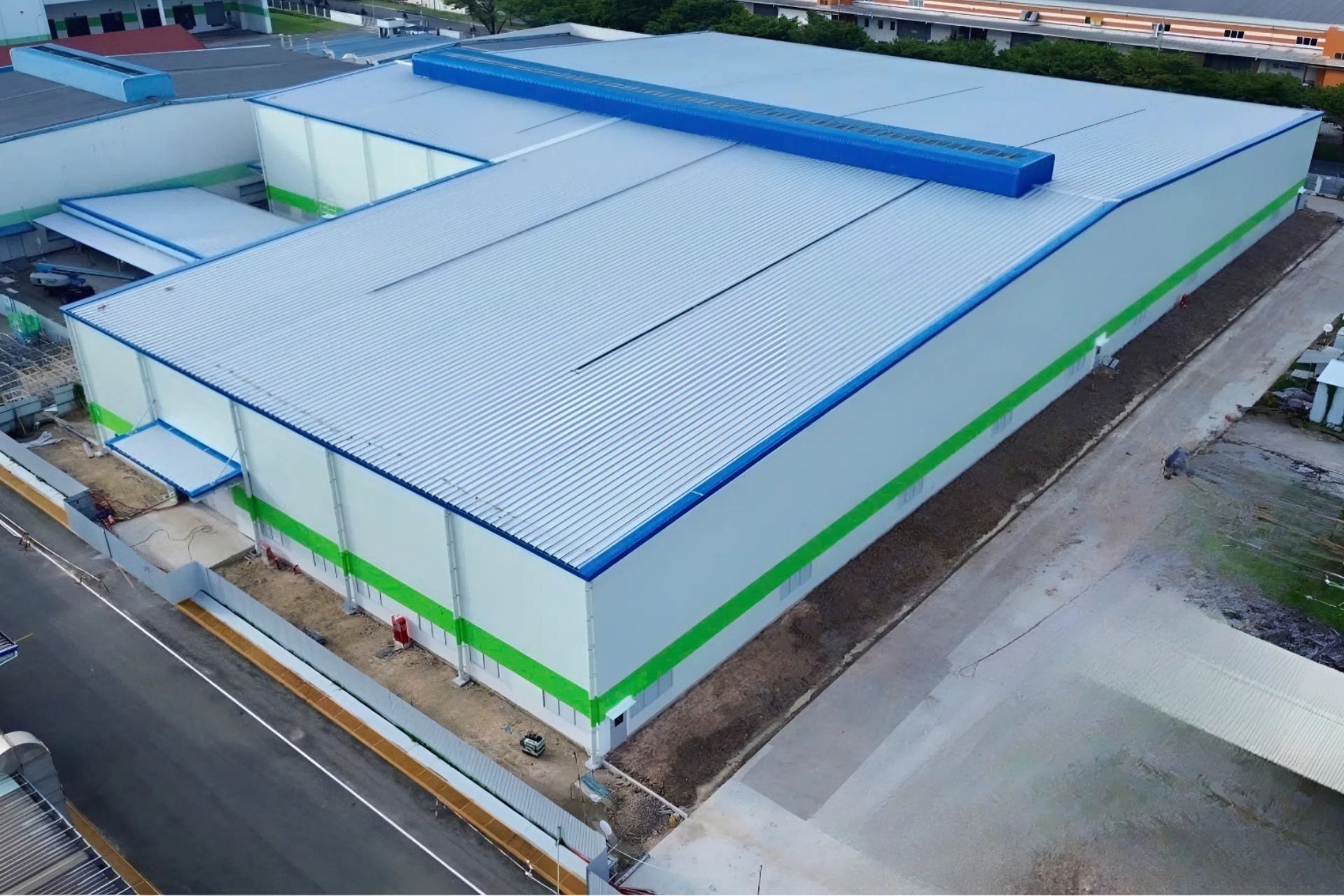 What is a reinforced concrete factory?
What is a reinforced concrete factory?
Definition of reinforced concrete factory
A reinforced concrete factory is an industrial building constructed from concrete combined with steel reinforcement to increase load-bearing capacity. This is a common model in the construction of large-scale factories, warehouses, and production workshops thanks to its high durability, long lifespan, and superior load resistance.
Compared to pre-engineered steel frame factories, reinforced concrete factories are often chosen in industries with strict requirements on safety, loading capacity, and structural stability over the long term.
Basic structure of a reinforced concrete factory
A completed reinforced concrete factory usually includes:
-
Foundation: Firmly designed, bearing heavy loads, ensuring stability for the entire structure.
-
Load-bearing frame: Columns, beams, and reinforced concrete slabs form the main structural system, ensuring even load distribution.
-
Enclosing walls: Built from bricks combined with tie beams and columns for protection and aesthetics.
-
Roof: Can be made of reinforced concrete or steel with insulated corrugated iron sheets.
-
Auxiliary systems: Including staircases, technical floors, fire prevention & fighting system, electrical, water, and ventilation.
Thanks to its solid structure, this type of factory can meet the needs of heavy production lines and storage areas with high load capacity.
 Structural components of a reinforced concrete factory
Structural components of a reinforced concrete factory
Current construction methods for reinforced concrete factories
The construction of reinforced concrete factories usually applies three main methods:
-
Cast-in-place concrete: Concrete is mixed directly at the site and poured into molds according to the design. This method provides high durability, few joints, and long-term stability, but requires more construction time.
-
Precast concrete assembly: Concrete is cast into molds at the factory. Afterwards, the components are transported to the site and installed. This shortens construction time, allows easier quality control, and is suitable for projects requiring rapid deployment.
-
Combination (semi-precast): Using precast components for some parts while pouring in place for foundations, beams, and columns – optimizing both progress and cost.
The choice of method depends on project scale, production characteristics, and investor requirements.
Advantages and disadvantages of reinforced concrete factories
Advantages
-
Durability and long lifespan: Good load resistance, resilient to weather, natural disasters, and fire.
-
Stability: Less deformation, ensuring safety during long-term operation.
-
High load-bearing capacity: Suitable for heavy industries, warehouses with heavy goods storage.
-
Good soundproofing and insulation: Provides a stable working environment, reducing air conditioning costs.
-
Long-term value: Low maintenance costs, increasing the value of industrial assets.
Disadvantages
-
Complex construction: Requires highly skilled technical teams and modern machinery.
-
Limited flexibility in function change: Fixed reinforced concrete structures are difficult to expand or renovate compared to pre-engineered steel frames.
-
High initial investment cost: Due to large material volumes and long construction time.
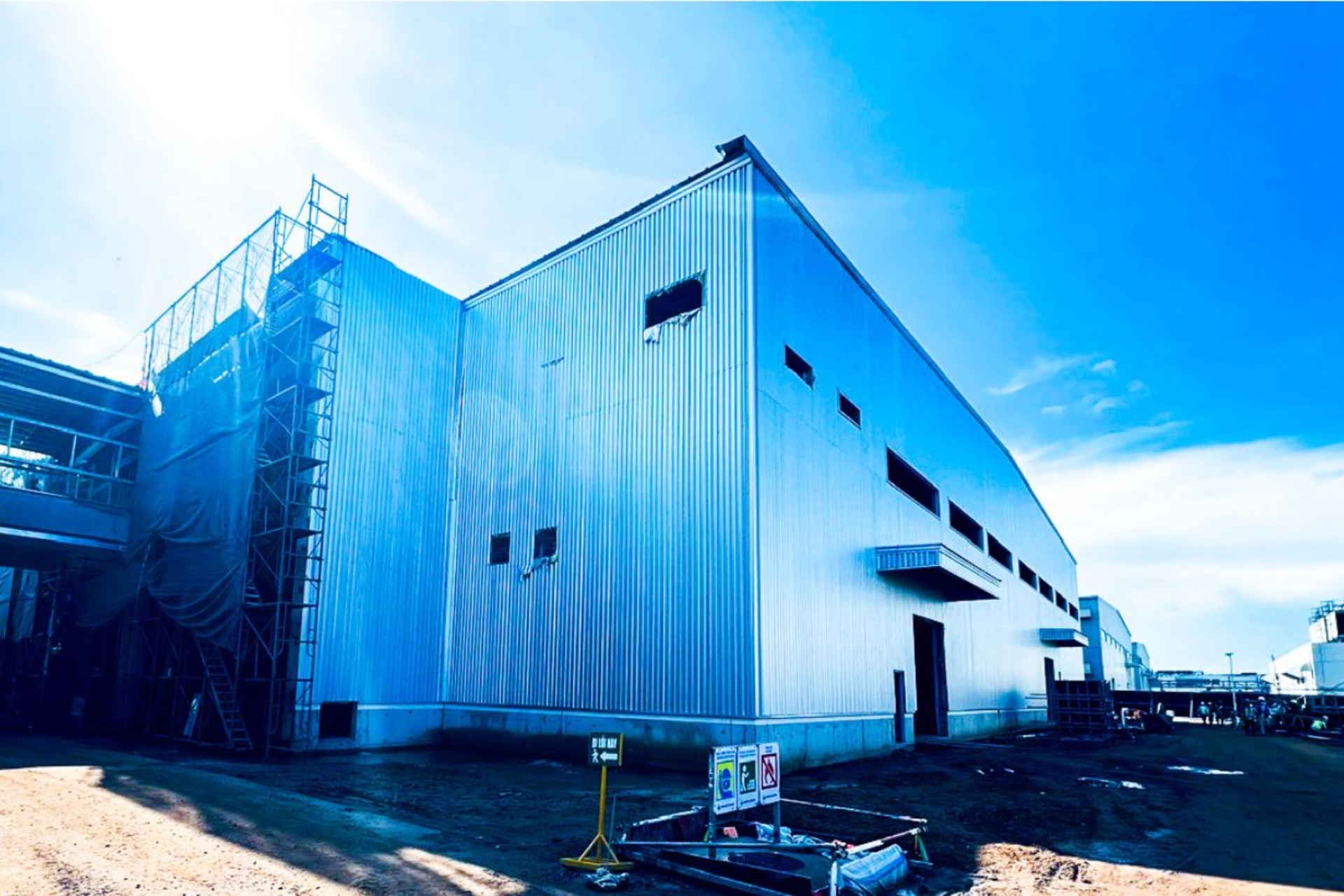 Advantages and disadvantages of this industrial factory structural model
Advantages and disadvantages of this industrial factory structural model
When should you choose to build a reinforced concrete factory?
Due to its structural characteristics, reinforced concrete factories are suitable in cases such as:
-
Enterprises in heavy industries, requiring strong foundations and structures with high load capacity.
-
Factories with large production lines, needing a stable long-term environment.
-
Projects located in areas with harsh weather conditions, requiring storm-resistant and fire-resistant structures.
-
Investors prioritizing durability and lifespan over future expansion flexibility.
-
Factories requiring high fire resistance: such as factories, warehouses storing flammable goods like cotton, fabric, wood, chemicals, etc.
 Cases where reinforced concrete factory construction is suitable
Cases where reinforced concrete factory construction is suitable
TECO – A trusted and professional industrial factory contractor
With many years of experience in designing and constructing reinforced concrete factories, TECO is proud to be a trusted partner of international investors. We provide cost-optimized solutions – ensuring quality – on schedule. Putting credibility and quality first, TECO is committed to delivering industrial factory construction solutions that meet the strictest standards of investors.
TECO commitments:
-
Experienced engineers, deeply knowledgeable in reinforced concrete structures.
-
Scientific construction process, applying new technologies, modern machinery, and equipment to shorten time while ensuring schedule.
-
Optimal construction costs with transparent and clear quotations.
-
Quality materials selected with strict requirements to ensure project quality.
-
Professional warranty and maintenance policy, accompanying customers throughout the lifecycle of the project.
TECO is proud to be the contractor for projects such as Pocari Sweat factory, Showa Gloves wastewater treatment tank, SMC Long Duc factory, Fujuya Long An confectionery factory. All projects met the strict standards of investors, ensuring schedule – quality – and optimal costs.
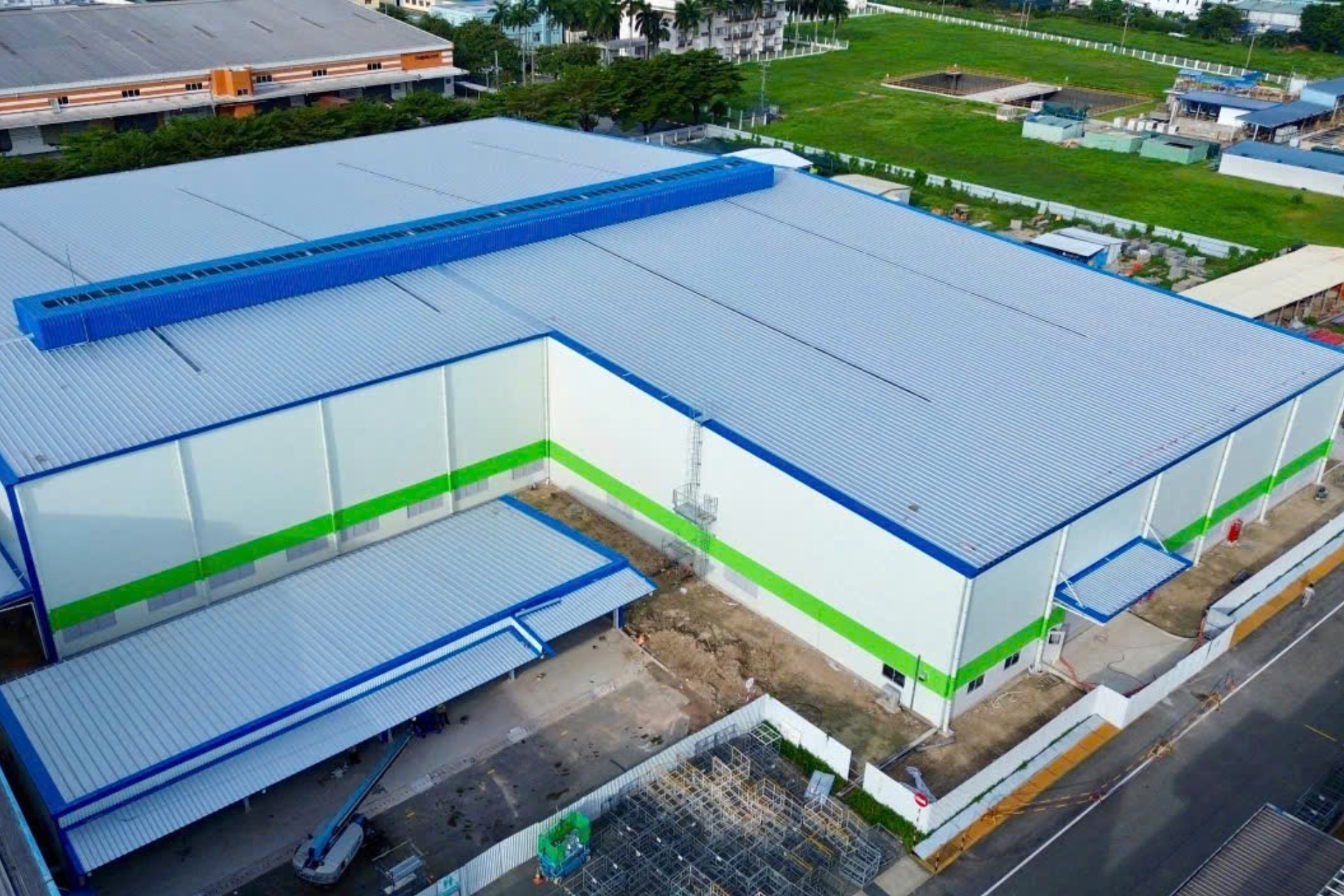 Showa Gloves factory project constructed by TECO
Showa Gloves factory project constructed by TECO
Conclusion
It can be seen that reinforced concrete factories are the optimal choice for businesses that value stability, durability, and long-term operational capacity. Although the initial investment cost is high and construction is more complex, this model brings long-term value, safety, and efficiency for production activities.
With extensive experience in industrial factory design and construction, TECO is committed to providing customers with optimal solutions that meet exact needs and sustainable development directions. If you are looking for a trusted partner to realize your reinforced concrete factory project, contact TECO today for detailed and professional consultation.
